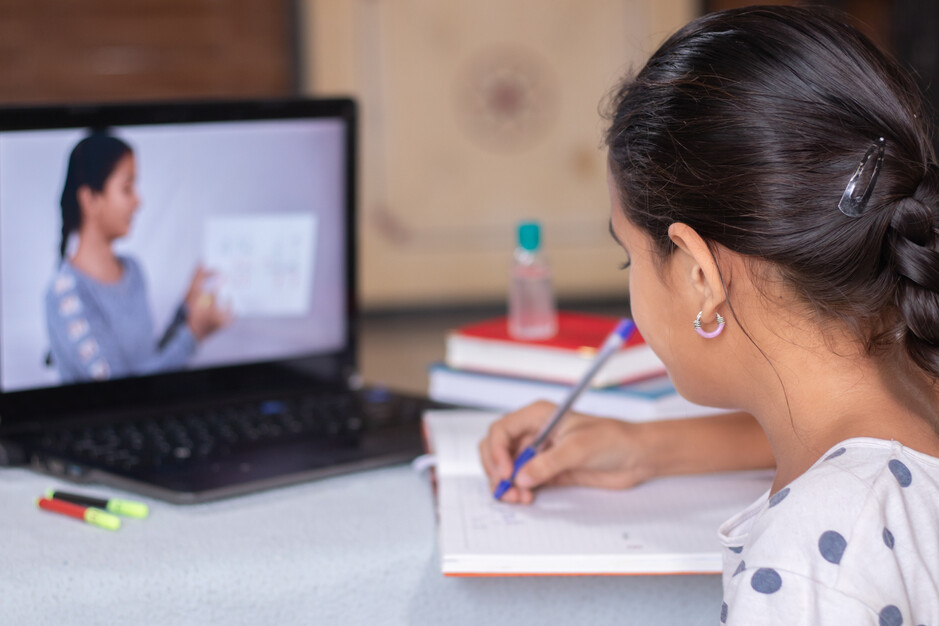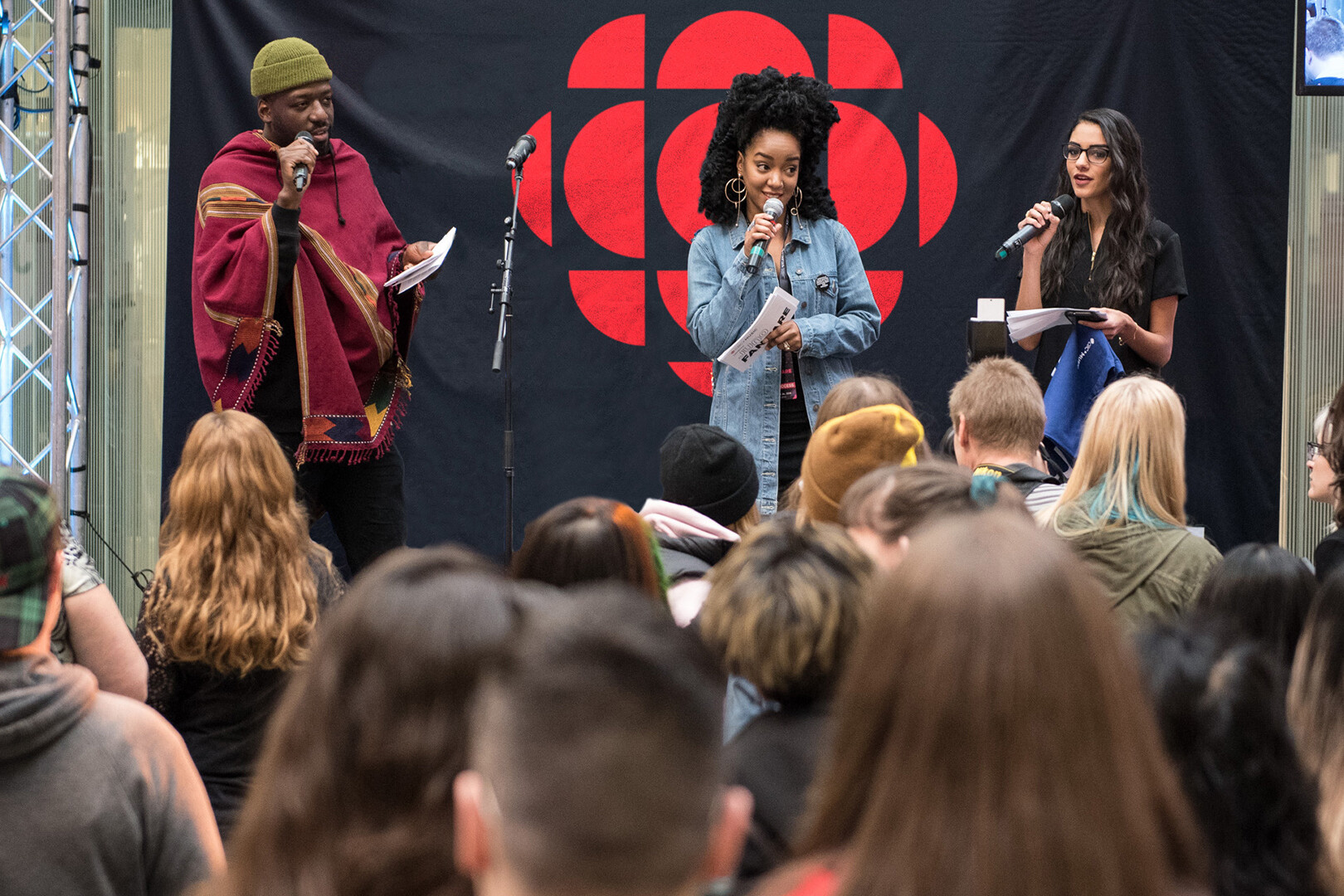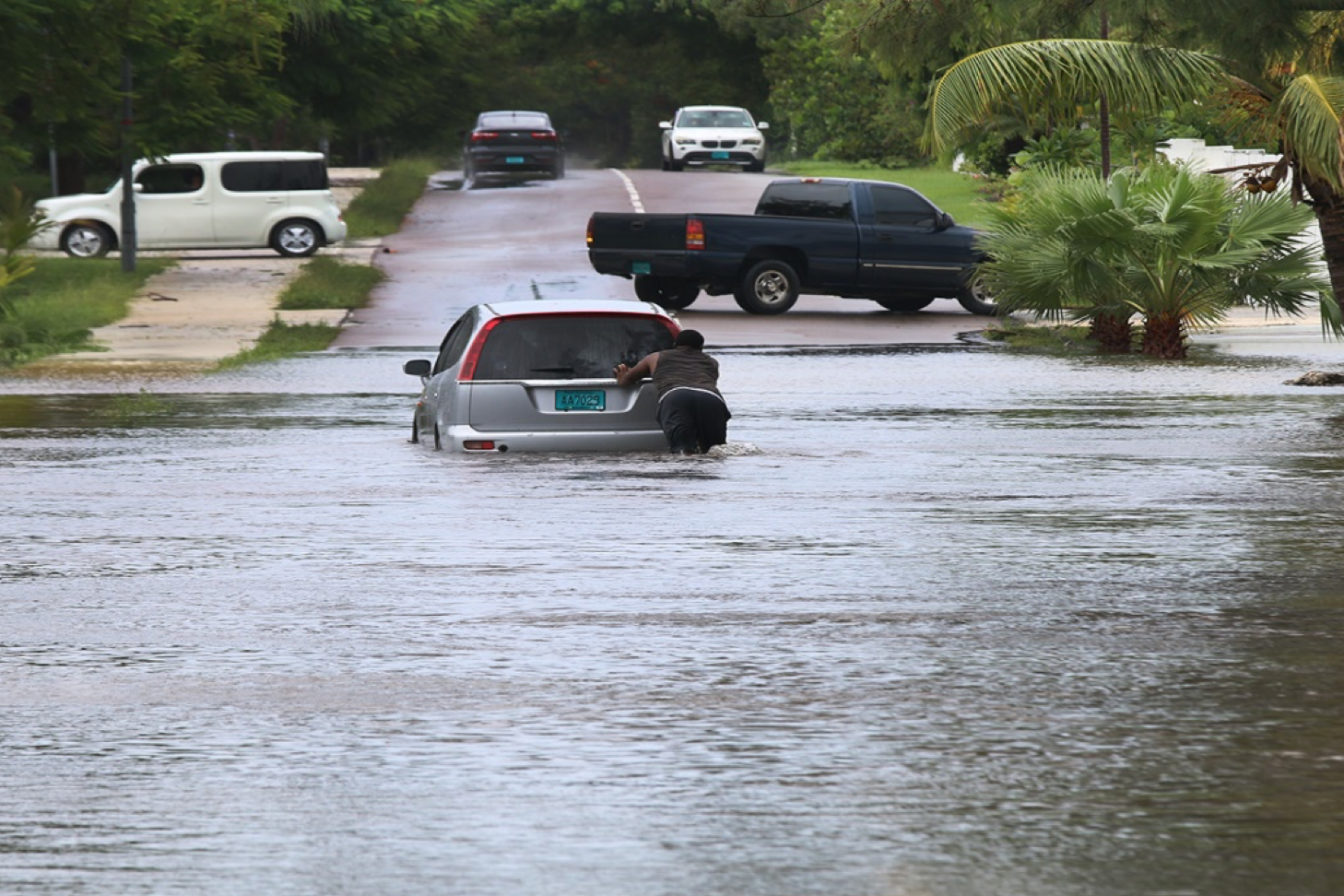PMA MEMBERS’ EXCLUSIVE
How are public broadcasters engaging with Indigenous audiences meaningfully? How do they navigate challenges related to producing Indigenous content? And what are the solutions? Our global membership joined us for PSM Unpacked to answer these questions and more.
On 11 August, the Public Media Alliance (PMA) hosted another edition of PSM Unpacked – a roundtable forum exclusive for PMA members. This time, public broadcasters from across the Pacific, the US, and Europe discussed how they connect with and serve Indigenous audiences in their countries. Over the course of 90 minutes, participants discussed their approaches to developing Indigenous content, determining key goals, and their challenges – and solutions – in building trust, remaining accountable, and reflecting all members of society.
Here are key takeaways from the session.
Key discussion points
Connections matter
- Partnerships. The participants noted that reaching out to other media and sharing knowledge was vital to the work they did in meeting the needs of Indigenous audiences. Whether it’s about developing content or finding ways to connect with Indigenous communities, “the solution is partnerships in this ever-changing world.” One participant said, “We work very closely [with other broadcasters] … Partnerships are key and that’s how we can get the budgets up to sustain the quality that viewers are expecting.” Another participant explained that, with Indigenous staff making up a small percentage within their organisation, partnerships with other Indigenous media organisations become even more integral. “It’s also acknowledging the fact that you can’t [do it yourself] and we shouldn’t and our platform could actually be used to give Indigenous platforms…and empower our independent producers, especially our indigenous ones.”
- Go directly to the source. In developing an Indigenous strategy, it was important to have policies be “Indigenous-led”, said one participant. “We needed to hear from across the country and the many audiences we serve. It’s about getting to know folks. It’s not about simply reaching out but bringing in learning opportunities.” Going directly to your audiences is particularly useful in cases where data is limited or non-existent. Some participants noted that demographic data in regard to Indigenous populations could be hard to come by, and in those cases hitting the ground provides a solution. “it’s not just about metrics but it’s about meeting with people and engaging with them and hearing what it is they want.” Another participant said that qualitative surveys, meetings with audiences, and focus groups are ways their broadcaster has engaged directly with Indigenous communities.
- Partnerships should consider not just supporters but critics. One participant said that a handicap of their organisation is its lack of direct community level contact with Indigenous communities. “But our opportunities here are also in the fact that there are all of these organisations on the ground, across the country, in many of these communities we’d ideally have better relationships with. One of the things we’ve done is work with indigenous media more directly. Our biggest critics are also our biggest allies in this work and that has to do with native media across the country. So we’ve forged some relationships there that I think will pay off for us over the long haul.”
Data necessary, but a challenge
- Data can reveal your audiences’ relationship with your content. Several participants noted the importance of data – whether qualitative or quantitative – in helping them understand Indigenous audiences’ needs. But data can also offer insights on a broadcaster’s place in Indigenous communities. “As the public broadcaster, we have a very strong audience but it’s older and whiter, non-Indigenous – we call them our heritage audience – and we have done a lot of research around it … and we found that a lot of our Indigenous audiences … don’t really know we are around. [We’re] not listened to in the households[…] So it’s about building those relationships and we’ve gotten a lot of amazing information from other [Indigenous] media.”
- Sometimes the answer may not be what you want. Participants shared their ways of gathering data, which included sharing knowledge with other media; conducting their own research; and community engagement. Most participants admitted that there is still a lot of work to do in the area of gathering data but it is necessary work – even if the answer sometimes isn’t what you want to hear. Engaging young audiences can be a particular challenge. “The community engagement – actually getting their voice and asking them what they want – can be hard for us to hear sometimes because [young people] don’t really want to listen to radio. In our instance, most of our young [Indigenous] audiences are especially on social media. So anything we do for them has to have a social media output as well.” Participants said that Instagram, TikTok, and to a lesser extent Facebook were popular. But hearing tough answers can yield success. One participant said that, in response to changing audience trends, their organisation started a new show that “disrupted the market somewhat.” The participant said, “We just started a new show last year and it’s done incredibly well for us. Our streaming has zoomed up 700% because we’d never podcasted before and we brought in people who’d never had any radio experience […] and we put them on our radio station.”
- Data helps in narrowing your focus. Particularly when resources are limited, data can help broadcasters better understand where to direct their resources. “We struggled as a public entity to garner enough resources to service our people. One of the things we’ve done recently in terms of engaging and learning about our audiences: we’ve done a couple of focus groups and surveys and also using our metrics on social media to see where audiences are coming from,” one participant said. In this public broadcaster’s case, data helped them realise their audiences’ appreciation of language programmes, not just nationally but regionally. “There’s such a resurgence for culture and people trying to find their culture, but how do you know that if you don’t have language?” In response, the broadcaster is considering how to “activate the language” while engaging and servicing audiences.
Revitalising language
- Young people are central to language preservation. A recurring area of discussion was the importance of language revitalisation and central to this concept were youth audiences. One participant explained that strengthening Indigenous languages was one of their broadcaster’s most important responsibilities, though a focus on language was simultaneously one of its bigger challenges. In this regard, the participant said the focus is on children because “if you need to recruit new speakers, you need to start with the children”: “One of the most important things that we do is to create quality content for the youngest […] but that’s not easy because we need to recruit [Indigenous language] speakers who have the skills to produce that content. But it’s important to succeed in this aspect.”
- Language a key factor in supporting Indigenous narrative sovereignty. When it comes to telling Indigenous stories, language plays an integral part. However, broadcasters said they faced the challenge of being able to produce only a fraction of their content in as many Indigenous languages as possible. This challenge is compounded by Indigenous languages becoming endangered or on the brink of extinction. “We don’t need to do hundreds of hours in each indigenous language – that’s not possible – but we still need to ramp up. So, we need to find language speakers, we need to raise the bar when it comes to the versioning […] It’s a crime to let another language disappear.” There is also a cruel irony in that some Indigenous audiences do not speak their mother language, and so feel excluded from Indigenous content when they cannot understand it.
Other notable points
- Push-and-pull: “We found over time that yes it’s important for non-Indigenous people to be in the game, but so often the communities would rather we didn’t because we have such a disparate knowledge and understanding of the community that you worry that you’ll do damage because of the history we share in coverage,” one participant said.
- Reflecting both in and out: “When we can see ourselves reflected not only in our content but in the people who work in the organisation, and those communities where people know who we are, I can say the trust is markedly more improved […] We’re very underrepresented in the public broadcaster and though that’s improving our inside has to reflect the outside.”
- The burden of Indigenous journalists: “We’re very aware of the cultural load that’s on Indigenous staff in the organisation […] and we try to manage that as best as we can.”
- Broadcasters must acknowledge their failures: “Our newsrooms are getting much smaller and because of that we have limited resources to actually actively engage [Indigenous] communities. […] Honestly, our media is to blame because we don’t actually seek out this group, we don’t go to them to find out what are their concerns, what are their issues, and how we can better tell their stories. A big part of that is because we simply don’t have the manpower at this time…”
- Engaging all staff on Indigenous affairs: Many public broadcasters encourage and organise cultural awareness training for their non-Indigenous staff. Although it can be difficult getting some staff to attend, these sessions are important so all public media staff are sensitive to and understanding of Indigenous affairs.
- Wider pipeline issues: Some public broadcasters commented on the difficulties in getting Indigenous content made. This is often a structural problem which can affect the number of Indigenous creators and content makers who public broadcasters can partner with and invest in, as well as a pipeline issue of not getting enough Indigenous people trained and qualified to progress through the organisation.
The session was part of PSM Unpacked, a series of roundtable forums exclusive for PMA members to exchange knowledge, experiences, insights and collaboratively find solutions to common challenges. Previous roundtable sessions covered youth engagement and education, communicating public value to audiences, emergency broadcasting, digital safety for journalists, and commercial funding for public media.
Is there a specific PSM issue that your public media organisation is interested in discussing? Are you looking for solutions to a key PSM challenge? Or perhaps you are eager to interact and network with like-minded organisations? Let us know by emailing us on editor@publicmediaalliance.org.
Header image: CBC North Iqaluit. Credit: Sebastian Kasten/Creative Commons
Related Posts
20th December 2022
PSM Unpacked | Communicating public value to audiences
Our global membership recently joined…




